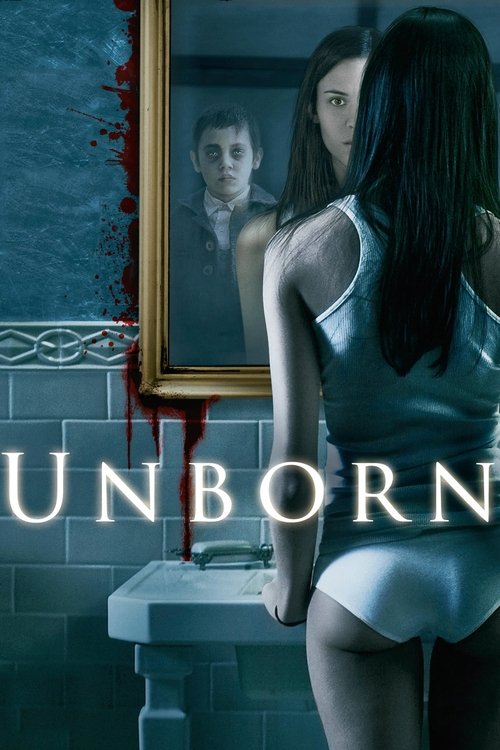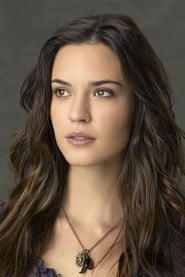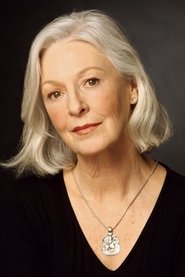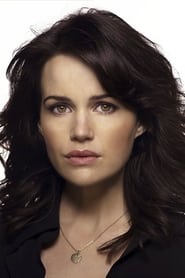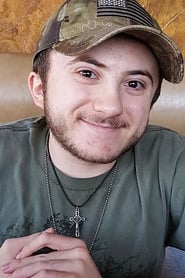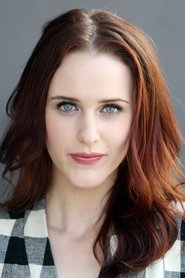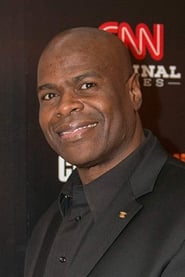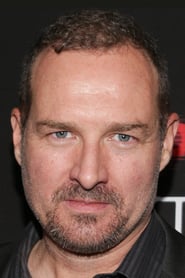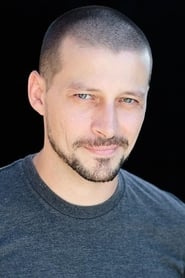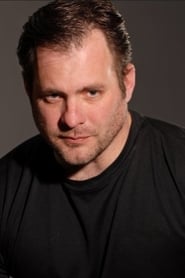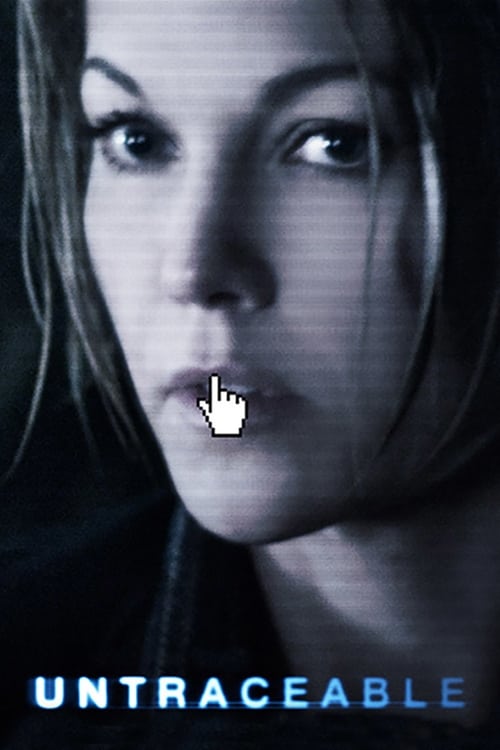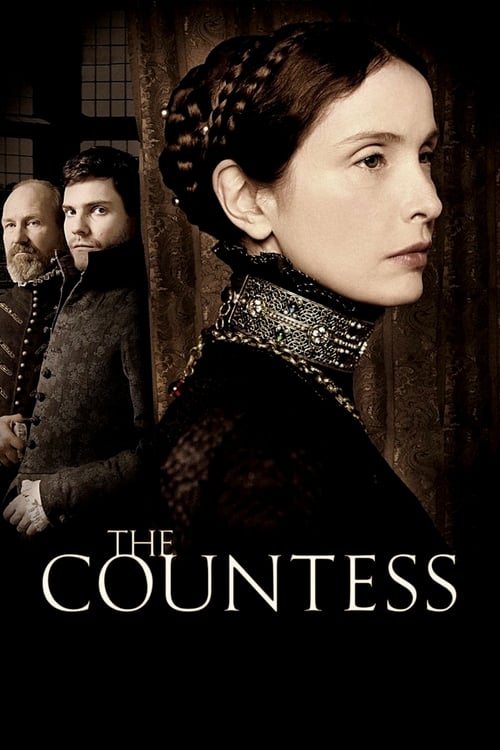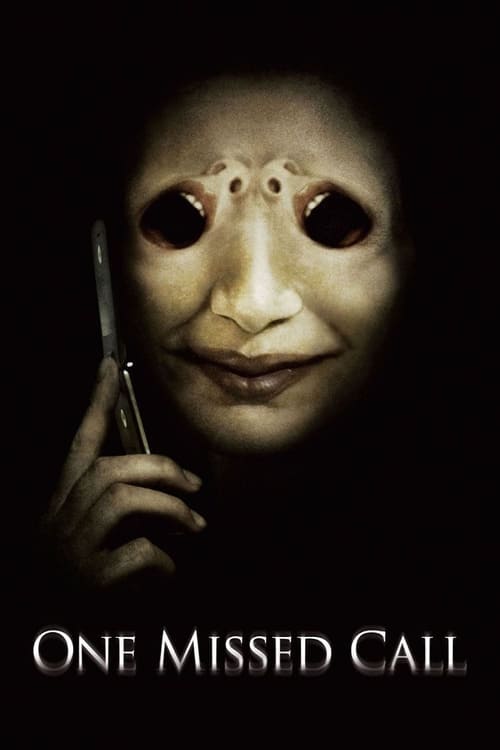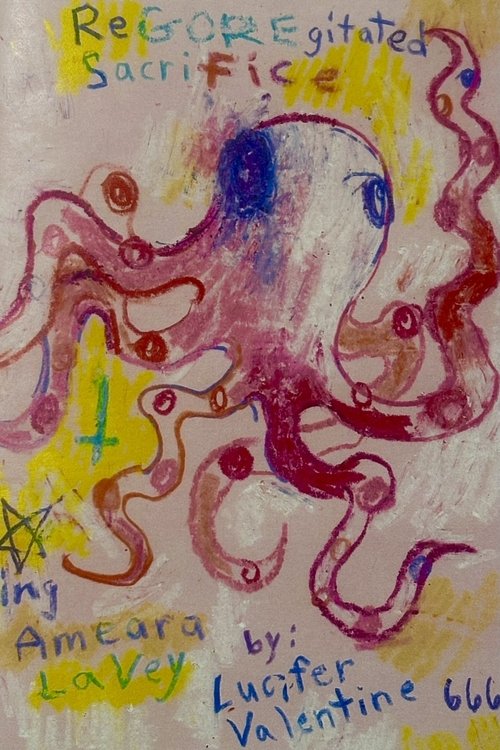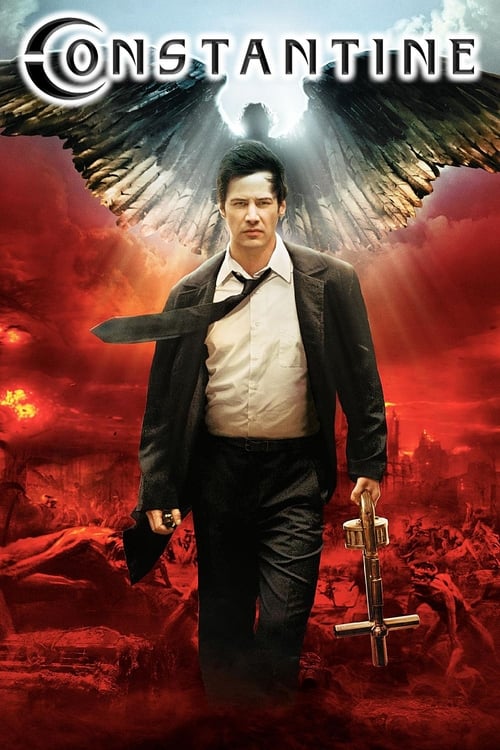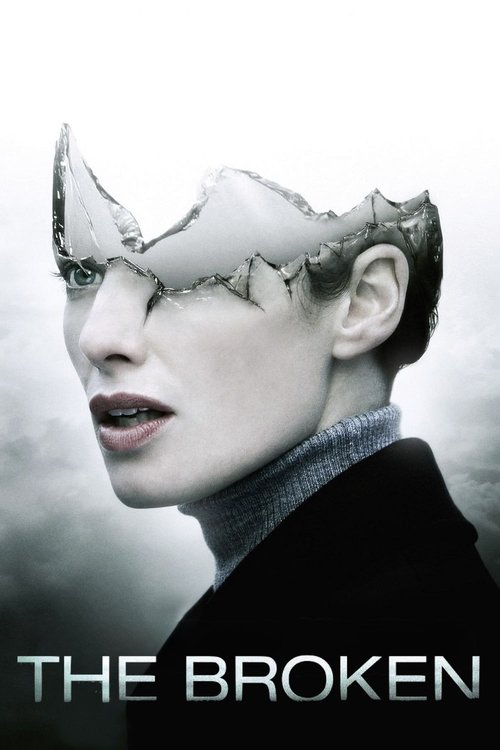
Ask Your Own Question
What is the plot?
Casey Beldon, a Chicago university student, begins her story on an unsettling night while babysitting two young boys, Matty and his infant brother. As darkness envelops the house, Casey drifts into a nightmare so vivid it blurs the line between dream and reality. In this nightmare, a pale, ghostly boy with hauntingly blue eyes appears alongside a grotesque dog whose head is twisted unnaturally. The boy's chilling whisper, "Jumby wants to be born now," echoes in her mind. When the parents return, Casey leaves the house, but on the sidewalk, she finds a single glove--identical to one she saw in her dream--lying abandoned. This eerie coincidence marks the beginning of her descent into a supernatural nightmare.
Back at her own home, Casey tries to shake off the unease. She bids her father goodnight, unaware of the horrors that await her in the shadows. As she turns off the bathroom light, a sudden knocking comes from her medicine cabinet. She flips the light back on and opens it, but finds nothing. The knocking persists, a sinister rhythm that unsettles her deeply. In bed, a photograph of a young Casey and her mother silently hints at a family history shrouded in loss--the mother's absence a silent, haunting presence.
The next morning, Casey's routine is shattered. While cooking breakfast, she cracks an egg onto the skillet, only to recoil in horror as a giant insect crawls out. She throws it into the sink, trembling. Looking out the kitchen window, she spots Matty standing silently on her driveway, his gaze unsettling and fixed. The boy's presence feels invasive, a spectral tether pulling her deeper into the mystery.
At university, Casey confides in her boyfriend Mark and friends Romy and Lisa about the strange occurrences. Romy mentions an old superstition: it's bad luck for a baby to see its reflection before turning one year old. Mark dismissively retorts, "You're retarded," sparking tension. During a lecture, Casey's mind fractures further as she hallucinates the words "Born Now" scrawled on the chalkboard and "Jumby wants to be born now" written repeatedly in her notebook. The insect from that morning reappears, crawling over her hand. Overwhelmed, Casey abruptly leaves the classroom, prompting the professor to ask, "Are you all right?" but she can only shake her head in silent terror.
Later, in the locker room, Casey and Romy discuss the haunting visions. Romy notices something odd about Casey's eyes--they are changing color, shifting unnervingly from brown to blue. This physical transformation mirrors the supernatural invasion creeping into Casey's life.
Casey's father finally reveals a devastating family secret: Casey was a twin. Her brother, nicknamed Jumby, died in the womb, strangled by the umbilical cord. This revelation reframes the haunting; the ghostly boy is not a random spirit but her own lost twin, desperate to be born and to claim a place in the living world.
Driven to uncover the truth, Casey seeks out Sofi Kozma, an aging Holocaust survivor who turns out to be her grandmother. Sofi's home is a repository of dark family history. She recounts the horrifying Nazi experiments performed on twins, including her own brother Barto--Casey's great-uncle--who was subjected to cruel eye color alteration trials. Barto died during these experiments but returned as a dybbuk, a malevolent Jewish spirit that seeks to possess the living to re-enter the world. The spirit has fixated on Casey, a twin herself, as its gateway.
Sofi gives Casey a hamsa amulet for protection and advises her to destroy all mirrors and burn the shards, explaining that reflections can serve as portals for the dybbuk's influence. This practical advice offers a glimmer of hope amid the mounting dread.
Casey's haunting escalates. The dybbuk's power grows stronger, attacking those around her. Her boyfriend Mark becomes a target. The tension culminates in a confrontation at Rabbi Joseph Sendak's synagogue. Initially skeptical, Rabbi Sendak witnesses the supernatural firsthand when the grotesque dog with the twisted head appears in his sanctuary. Convinced, he agrees to perform an exorcism to banish the spirit.
Before the ritual, in a rare moment of grounded realism, Rabbi Sendak insists everyone sign a liability waiver, acknowledging the dangers involved. This bureaucratic formality contrasts starkly with the spiritual battle about to unfold.
During the exorcism, the dybbuk lashes out violently, attempting to possess Casey and those around her. The spirit's fury peaks as it seizes control of Mark. Under possession, Mark's demeanor shifts, his eyes glowing unnaturally. In a heart-wrenching moment, Mark falls to his death, the dybbuk's grip claiming another victim. His death marks a tragic turning point, underscoring the malevolent spirit's relentless pursuit of a physical form.
Despite the loss, Casey survives the ordeal, though deeply scarred. The film closes on an ambiguous note, suggesting the dybbuk's threat may not be fully vanquished. The haunting lingers in the shadows, a reminder that some evils are not easily exorcised.
Throughout Casey's journey, the narrative weaves together chilling hallucinations, family secrets, and ancient folklore. The phrase "Jumby wants to be born" echoes as a spectral mantra, linking past and present, life and death. The story's visual motifs--the pale boy, the twisted-headed dog, the changing eye color--create a vivid tapestry of dread that culminates in a harrowing battle between the living and the dead.
In the end, Casey's struggle is not just against a ghost but against a legacy of trauma and evil that spans generations, from Nazi atrocities to supernatural vengeance. The Unborn is a haunting tale of identity, loss, and the dark forces that seek to claim what was never meant to live.
What is the ending?
In the ending of "The Unborn," Casey, the protagonist, confronts the malevolent spirit haunting her. After a series of terrifying events and revelations about her family's past, she ultimately sacrifices herself to save her unborn child from the evil entity. The film concludes with a sense of ambiguity regarding the fate of the child and the lingering presence of the supernatural.
As the climax of "The Unborn" unfolds, Casey Beldon finds herself in a desperate struggle against the malevolent spirit that has tormented her throughout the film. The atmosphere is thick with tension as she stands in the dimly lit room of her childhood home, the walls seemingly closing in around her. The air is heavy with dread, and the flickering lights cast eerie shadows that dance ominously.
In this pivotal moment, Casey is confronted by the spirit of her twin brother, who reveals the truth about their shared past. He explains that the entity haunting her is a manifestation of their mother's trauma and the dark legacy of their family. Casey's internal conflict intensifies as she grapples with the fear of losing her own child to this evil force. Her determination to protect her unborn baby drives her to confront the spirit head-on.
As she delves deeper into the supernatural realm, Casey experiences a series of harrowing visions that depict the tragic fate of her family. The imagery is haunting, showcasing the pain and suffering that has been passed down through generations. Each vision serves as a reminder of the stakes at hand, heightening her resolve to end the cycle of torment.
In a climactic confrontation, Casey faces the spirit in a final showdown. The room is filled with a cacophony of whispers and screams, as the entity attempts to overpower her. Casey, fueled by maternal instinct and a fierce desire to protect her child, makes a heart-wrenching decision. She realizes that the only way to save her unborn baby is to confront the darkness within herself and the legacy of her family.
In a moment of profound sacrifice, Casey willingly offers herself to the spirit, hoping to sever the connection it has to her child. The scene is emotionally charged, as she embraces the pain of her past while simultaneously fighting for her future. The spirit, momentarily subdued, seems to relent as Casey's sacrifice resonates through the air.
As the dust settles, the film leaves viewers with a haunting ambiguity. The final scenes depict Casey's lifeless body, yet the camera lingers on her belly, suggesting the possibility of new life. The screen fades to black, leaving the audience to ponder the fate of her child and the lingering presence of the supernatural.
In the aftermath, the fate of the main characters is sealed. Casey, having sacrificed herself, is lost to the darkness, while the spirit is momentarily quelled. The film concludes with a sense of unresolved tension, as the legacy of trauma continues to loom over the family, hinting that the cycle may not be entirely broken. The final moments serve as a chilling reminder of the enduring impact of fear and the lengths one will go to protect their loved ones, even at the cost of their own life.
Is there a post-credit scene?
The movie "The Unborn," produced in 2009, does not have a post-credit scene. The film concludes with its final moments, focusing on the resolution of the main character, Casey Beldon, and her confrontation with the supernatural forces that have been haunting her throughout the story. After the climax, the film wraps up without any additional scenes or hints at future events during or after the credits.
What is the significance of the character Casey Beldon in The Unborn?
Casey Beldon, played by Odette Yustman, is the protagonist of The Unborn. She is a young woman who begins experiencing terrifying visions and encounters with a malevolent spirit. Her journey is driven by her desire to understand the source of her nightmares and the connection to her deceased twin brother, which leads her to uncover dark family secrets. Casey's emotional state fluctuates between fear, confusion, and determination as she confronts the supernatural forces at play.
How does the character of Rabbi Sendak contribute to the plot?
Rabbi Sendak, portrayed by Gary Oldman, plays a crucial role in guiding Casey through her supernatural ordeal. He provides insight into the nature of the entity haunting her, revealing that it is a dybbuk, a malicious spirit in Jewish folklore. His character embodies wisdom and authority, as he helps Casey understand the importance of confronting her fears and the need for an exorcism to rid herself of the spirit. His presence adds depth to the narrative, highlighting themes of faith and the struggle against evil.
What role does the character of Mark Hardigan play in Casey's life?
Mark Hardigan, played by Cam Gigandet, is Casey's boyfriend who becomes increasingly involved in her battle against the supernatural forces. His character represents support and love, as he stands by Casey during her terrifying experiences. However, as the plot progresses, Mark's own safety becomes jeopardized, showcasing the impact of the haunting on their relationship. His emotional turmoil and protective instincts add tension to the story, as he grapples with the reality of the danger they face together.
What is the connection between Casey and her twin brother?
Casey's connection to her twin brother, who died in utero, is central to the plot. The haunting she experiences is linked to the unresolved trauma of his death, as the dybbuk seeks to claim her as a vessel. This connection drives Casey's quest for understanding and resolution, as she learns that her brother's spirit is intertwined with the malevolent force. The emotional weight of this relationship adds layers to Casey's character, as she struggles with feelings of guilt and loss throughout the film.
How does the film depict the theme of motherhood through Casey's experiences?
The theme of motherhood is intricately woven into Casey's experiences, particularly as she confronts the implications of her twin brother's death and the dybbuk's desire to possess her. As she grapples with her identity and the fear of becoming a mother herself, the film explores her internal conflict regarding life, death, and the legacy of her family. Casey's journey reflects her struggle to break free from the cycle of trauma and to reclaim her autonomy, making motherhood a poignant and complex aspect of her character arc.
Is this family friendly?
"The Unborn," produced in 2009, is not considered family-friendly due to its horror themes and graphic content. Here are some potentially objectionable or upsetting aspects that may affect children or sensitive viewers:
-
Supernatural Elements: The film features themes of possession and demonic entities, which can be frightening and unsettling for younger audiences.
-
Graphic Violence: There are scenes that depict violence, including physical harm to characters, which may be disturbing.
-
Disturbing Imagery: The film includes unsettling visual effects, such as grotesque transformations and haunting apparitions that can provoke fear.
-
Themes of Death and Loss: The narrative explores heavy themes related to death, loss, and the afterlife, which may be emotionally challenging for some viewers.
-
Nightmares and Psychological Horror: Characters experience intense nightmares and psychological distress, contributing to a tense and frightening atmosphere.
-
Frightening Sound Design: The use of sudden loud noises and eerie sound effects can create jump scares, which may be alarming.
Overall, the film's horror elements and mature themes make it unsuitable for children and potentially distressing for sensitive individuals.

